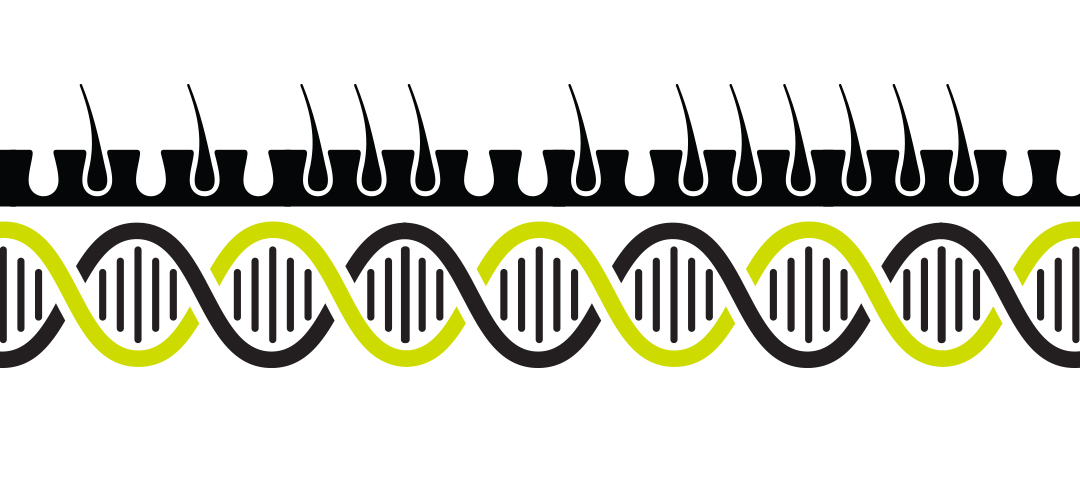Nov. 6, 2014
3 Bullets:
- ISB researchers used a data-driven mathematical model to identify specific genes associated with hair regeneration.
- Novel methodology paves way for continued research into the molecular basis of this complex cycle as well as other regenerative organs like skin and liver.
- Findings may lead to more precise targets for therapies and genetic markers of hair wellness.
Scientists at ISB have identified genes associated with the growth-and-death cycle of hair. The findings, which were published in the journal PLOS Computational Biology, may lead to a better understanding of hair loss and how to develop better targeted treatments.
Researchers used a data-driven approach to study the complex cyclic dynamics of hair follicles. They were able to identify genes that were associated with the growth (anagen), death (catagen) and dormant (telogen) phases of the hair cycle. Further analysis found the gene expression patterns for the background mesenchymal cells and the rapidly expanding follicular cells to be synchronized in such a way that suggests regulated growth and death between the two cell types.
Dr. Ryan Tasseff from the Shmulevich Lab at ISB and his colleagues at Procter & Gamble, which funded this research, modeled the dynamics between mesenchymal and follicular cells as coupled out-of-phase oscillators that were able to reproduce the synchronization observed in the data. Interestingly, the model predicted that altering the balance between these two cell types may lead to a pathological state such as hair miniaturization which has been associated with baldness.
This research stands out in two important aspects. Methodologically, it combines statistics and nonlinear dynamics to produce a data driven model of coupled gene oscillators, and for the first time provides an initial mathematical framework to systematically link high-throughput molecular data to systems level features of the hair cycle. Because the model is driven by the expression patterns of thousands of genes, new markers for hair growth are readily available and their description within the context of the model facilitates prioritization of novel regulatory targets.
Biologically, the hair follicle is an excellent system to study complex cyclic processes like regeneration that involve regulated growth, differentiation and cell death. Insights into the self-driven regeneration process of the hair follicles might lead to better understanding of other regenerative organs like the skin and liver or even novel uses of stem cells and regenerative medicine.
Title: Mouse Hair Cycle Expression Dynamics Modeled as Coupled Mesenchymal and Epithelial Oscillators
Journal: PLOS Computational Biology
Authors: Ryan Tasseff, Anjali Bheda-Malge, Teresa DiColandra, Charles C. Bascom, Robert J. Isfort, Richard Gelinas
Link: http://journals.plos.org/ploscompbiol/article?id=10.1371/journal.pcbi.1003914



 isbscience.org/research/into-the-genetic-weeds-of-hair-growth/
isbscience.org/research/into-the-genetic-weeds-of-hair-growth/